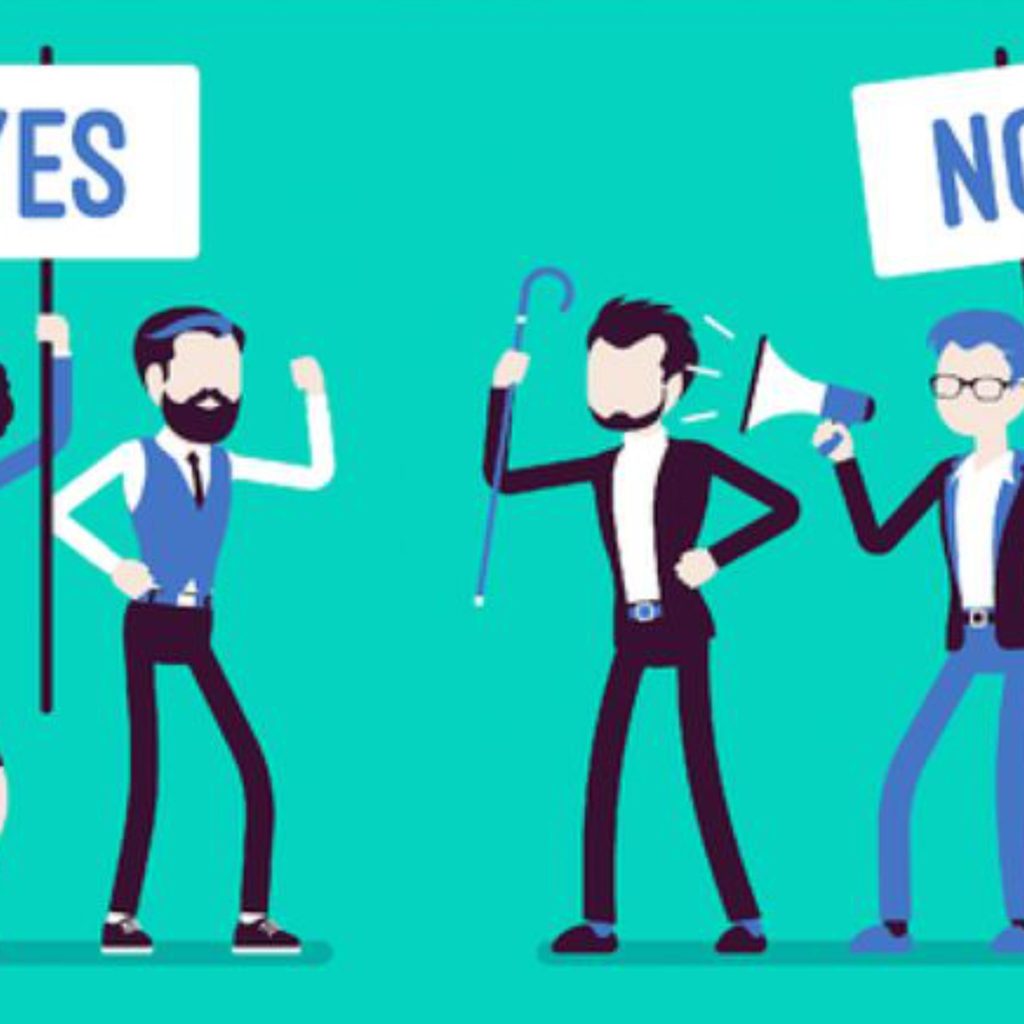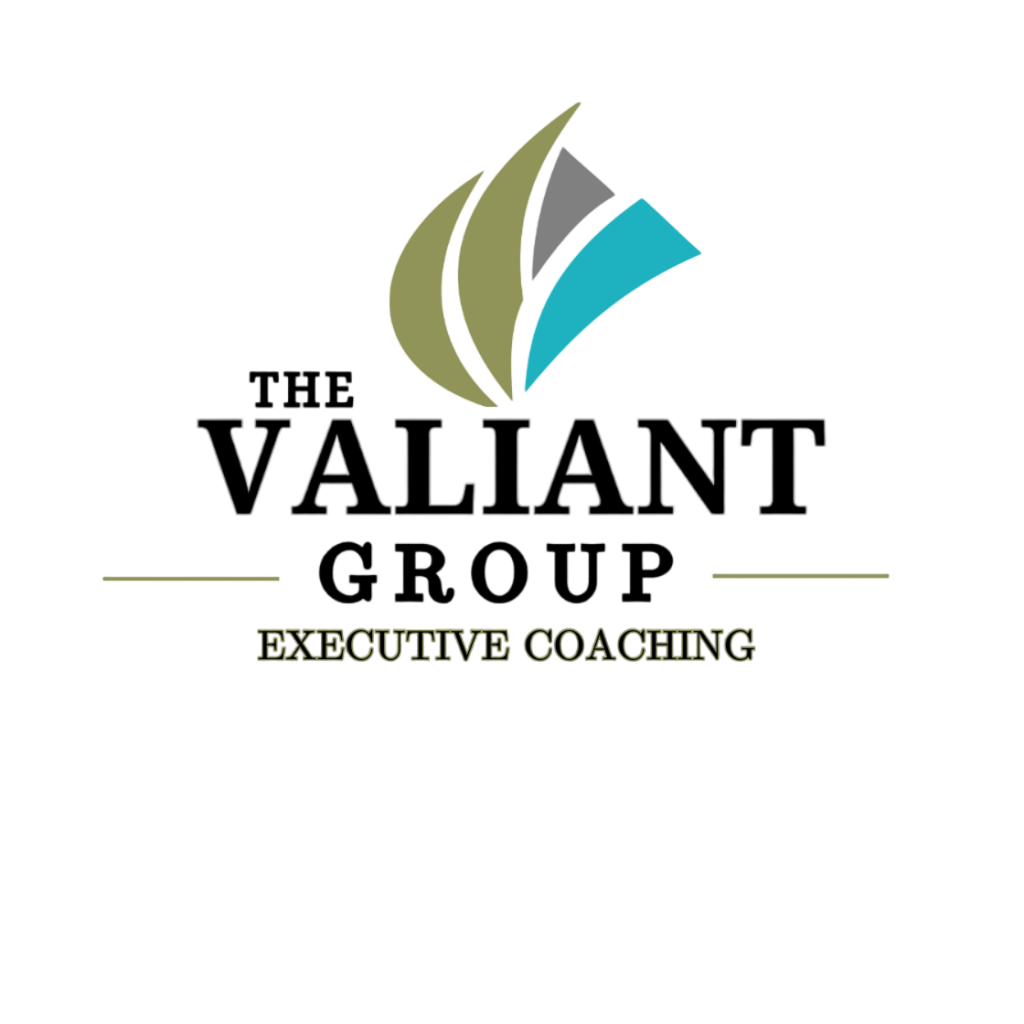You’ve read, talked and thought about conflict – experienced it – and if you’re like most humans, you hate it!
Yet, conflict, as I’ve stated in earlier blogs, gets a bad rap.
Why? Because it makes you confront your fears and doubts and often immobilizes you. At best, it confuses you. Yet it can be highly useful, a creative opportunity, if held as generative. Generative means having the power to originate or produce, bring forward something new. What gets in the way of using it this way? You do!
Great leaders have trained themselves to handle conflict. They’ve learned what gifts it brings and how to channel it for clear, informed and creative decision making. You can too.
Your (and everyone’s) self-image and sense of possibility show up through the physical structure and holding patterns in your body. Yes, that’s right.
You award your “mind” the trophy for directing your life, but the Oscar is going to the wrong contender.
Not about dress size or basketball playing height or conforming to cultural “norms” of beauty or strength, patterns – developed over years – tell you, and the world, who you take yourself to be. That speaks to what the future may hold for you.
In times of change or conflict, you get anxious and wound up. Trying to solve problems from this physical and mental spinout generates more confusion, poor results. No wonder things get worse rather than better.
In contrast, when you begin to shift these physical patterns, you gain new possibility for who you can be in the world. By settling down physically, you experience a sense of visceral calm and mental ease that removes you from the cyclone of messy thoughts.
It allows a fresh perspective on yourself and the situation. By changing your shape (how you hold your body) , you change how you think and feel about yourself so you can take new action. Isn’t that a much better place out of which to make decisions, to lead? Of course it is!
Sensing into your body which informs your mind and spirit, leads to transformation.
“So how can I make that change?” you ask.
You begin by learning to notice.
For starters, ask yourself:
What happens to my body during conflict or confusion?
(Hint: Contractions? Particularly in the pelvis or buttocks, rib cage or chest?
What goes on with my breathing?
(Hint: Does it move upwards into the higher reaches of the chest or the throat? Does it shorten?)
What happens to my vision?
(Hint: Does it narrow to a swath in front of you, maybe hiding the former periphery?)
By the way, these questions are most useful DURING the experience, not after. That separates the data from your interpretation. And once isn’t enough. You have to gather enough data, particularly the more elusive kind to begin to see your unique pattern.
Once you’ve established the pattern, you can begin to make the shift.
One of the most important openings comes by extending your exhale and gently bringing the inhale lower into the belly. Making an audible sound on the exhale, helps.
And as you continue to breathe this way, send your attention to the contracted places, softening and opening up in increments. (Sometimes it helps to imagine the breath actually going to those places and expanding them.)
Notice whether you can soften your eyes enough during this breathing practice to expand the cone of your vision without straining. Can you allow sights to come to you, rather than you “going out to get them?”
And can you do the same for sounds, letting them in rather than going on a mining expedition to gather them up?
As your attention begins to become more nuanced to the workings of your body, notice what happens to your fingers and hands. Can these relax?
You’ll want to practice when you can notice – and do it regularly. This will support the speed at which you can put the practice to work when most needed.
And practice means committing to at least 21 days – consecutively. It only takes a few minutes at a time, maybe 5. Want to make it most powerful? Do it at the same time each day – as an anchor for the habit, maybe upon brushing your teeth or or just before bed.
As you learn to do this, what happens is that you configure a broad understanding of how to calm yourself down while including more (sight and sound). That allows you to have influence over a wider territory. (Yes, people will be included in that territory who will benefit by your calm and clarity.)
As you settle down your nervous system and shift to this new shape, the ease in your body extends to your thoughts. They join the party by becoming more porous, flexible and creative.
What a boost to your creative leadership skills!
And as your fear of conflict lessens its tight grip – your “mindful interest” (as Wendy Palmer calls it in Leadership Embodiment: How We Sit and Stand Can Change the Way We Think and Speak) grows, letting your wider perspective inform your conversations and actions.
Neuroscience has played a strong role in demonstrating the science of this practice. (See my blog on Change.) Yet you don’t have to study the brain for years to make the shift. As you begin to work with body and its patterns, you and everyone you deal with benefit.
Conflict is not the only challenge that executives, entrepreneurs, consultants and coaches deal with. And inside every challenge is the seed of opportunity. I invite you to join me for this high value, no cost strategy session where you learn the most effective ways to be productive, powerful and resourceful…ESPECIALLY during challenges…so you can rocket to the top of your game and enjoy the successes that you’ve achieved, in your business and in your life.


